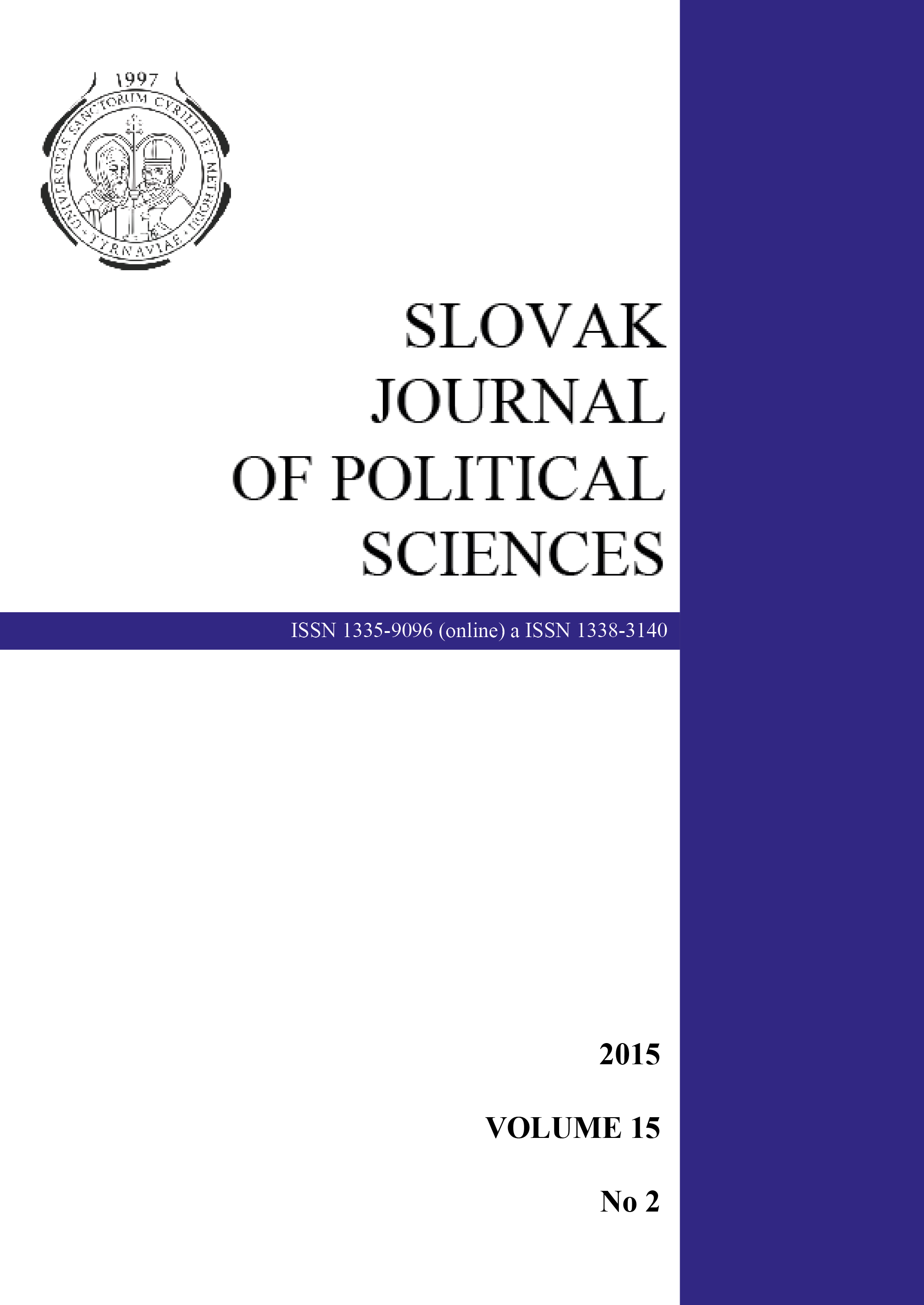Slovenia from the Austro-Hungarian Monarchy until nowadays: A brief historical overview
Keywords:
Slovenia, socialism, communism, Yugoslavia, transition, modernisation, economy, politicsAbstract
The paper analyses the current Slovenian political and economic situation through interpretations of old socialist regime’s modernisation. Right after the Yugoslavian disintegration, namely in the beginning of transition, the Slovenian starting position was the best, compared to other Yugoslavian countries and among other transitional countries. Between 1990/1991 and 2008 Slovenia seemed to be a politically more or less stable and economically well performing country. But after 2008 a negative trend hit the whole society, causing political instabilities and economic stagnation, reflected in negative macroeconomic indicators (i.e. GDP, GDP p.c. FDIs, unemployment, government debt, etc.). Could such a situation be explained on the basis of a long lasting socialist regime? If these suppositions are to be confirming, why do other transitional countries, which were subjected to a tougher communist regime, seem to be performing better nowadays?
Downloads
Published
How to Cite
Issue
Section
License
Please, read licence agreement.
Publication Charge
There is no publication fee or charge for any submitted or accepted articles. There is no article processing charges (APCs) would be billed to authors.



